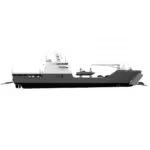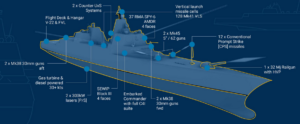
Esper/JEDI. Secretary of Defense Mark Esper is not close to a decision on his review of the potential $10 billion JEDI cloud program, a top Pentagon spokesperson told reporters on September 9. Esper is currently getting caught up on the particulars of the program, according to DoD spokesperson Jonathan Hoffman, as he assesses the controversial cloud effort which has faced criticism for its single-award competition and accusations of conflicts of interest. “He’s been taking a long look at it just…













